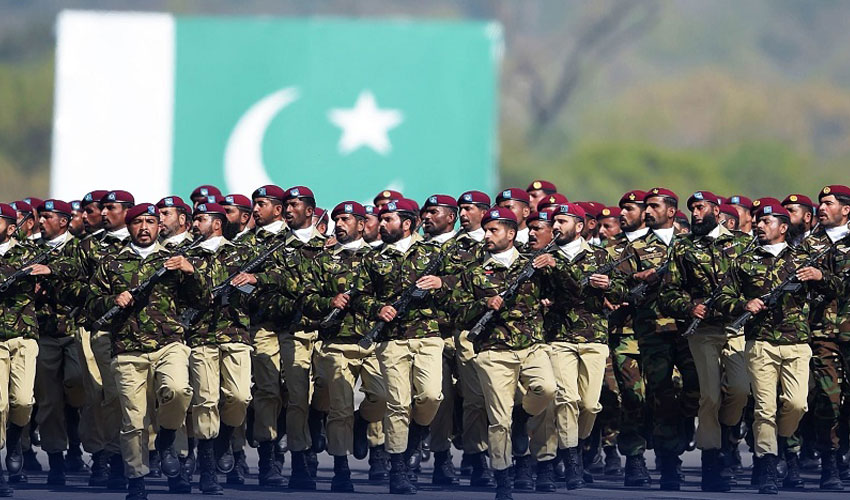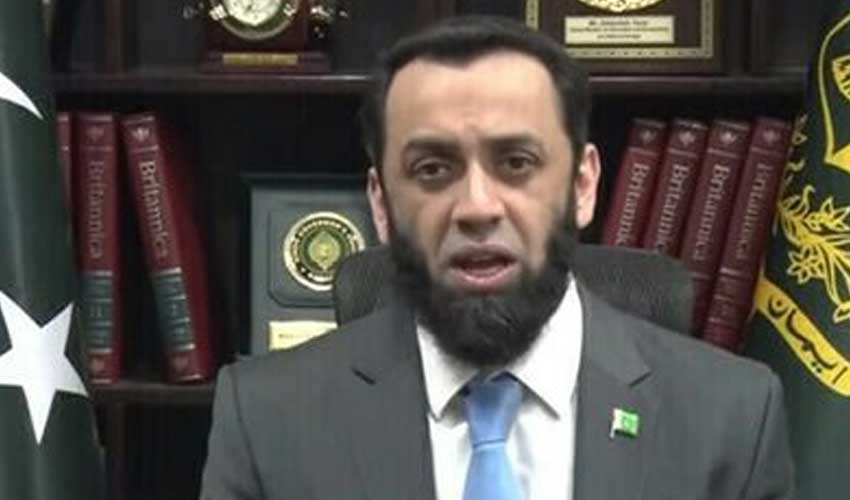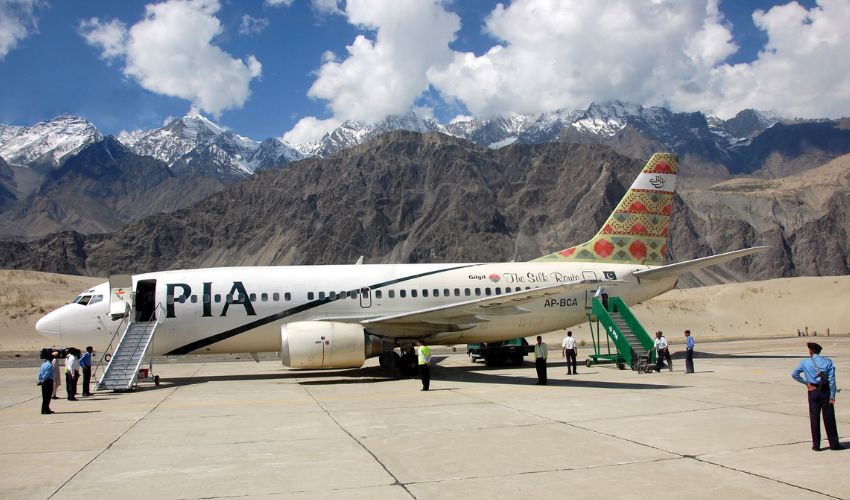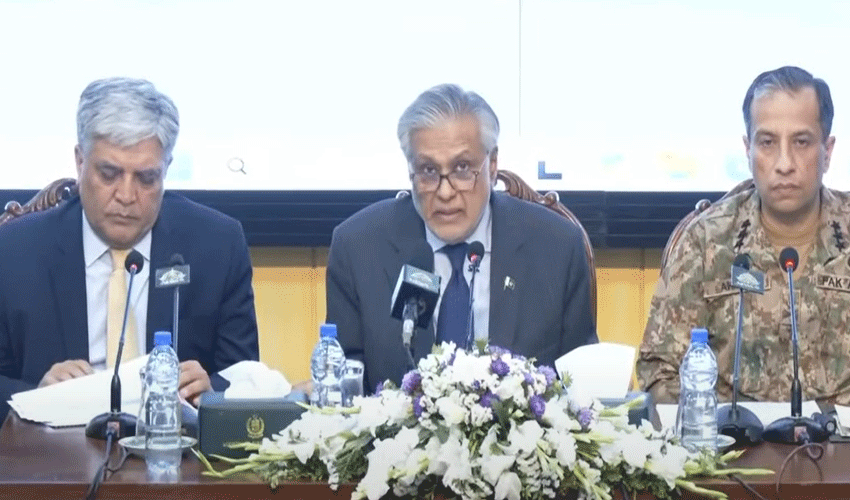In a surprising revelation, Karachi, Pakistan's most populous city, has fewer public universities compared to its counterparts in Lahore and Islamabad, despite its significantly larger population.
According to data sourced from the Higher Education Commission of Pakistan, this disparity highlights the dominance of private universities in Karachi's educational landscape.
Karachi boasts the highest number of universities in the country, with a total of 50 institutions. However, a closer look at the numbers reveals a stark contrast: only a fraction of these institutions are public universities. In fact, less than a third of Karachi's universities are publicly funded, a situation unparalleled in any other major Pakistani city.
Karachi's private university dominance
Out of the 50 universities in Karachi, a whopping 38 are private, marking the city as the leader in the proportion of private universities among all major cities in Pakistan.
This dominance of private higher education institutions raises questions about access to affordable education in a city as diverse and populous as Karachi.
Credit: Wajid Ali/Samaa Digital
Lahore and Islamabad: Balancing act
On the contrary, Lahore and Islamabad, while hosting fewer universities overall, maintain a more balanced distribution of public and private higher education institutions.
Both cities are home to 17 public universities each, effectively providing more accessible higher education opportunities to their residents.
Lahore, with a total of 41 universities, has 17 public and 24 private institutions, showcasing a healthy mix of both sectors. This equilibrium ensures that students in these cities have a range of options when it comes to choosing their educational paths.
Islamabad, with 25 universities, also has a similar ratio, with 17 public and 8 private universities. This equilibrium ensures that students in these cities have a range of options when it comes to choosing their educational paths.
Other major cities in Pakistan, such as Peshawar, Multan, Faisalabad, Rawalpindi, and Quetta, also exhibit various patterns in the distribution of public and private universities. For example, Peshawar hosts 14 universities, split evenly between 7 public and 7 private institutions. Multan has 10 universities, with 7 being public and 3 private.
Faisalabad's public university emphasis
Faisalabad stands out as a city with more public universities (5) than private ones (1), emphasizing the role of public institutions in catering to the educational needs of its residents. Similarly, Rawalpindi has a greater number of public universities (5) compared to private ones (1).
In Quetta, public universities (4) outnumber private ones (1), suggesting that the government plays a crucial role in ensuring access to higher education in Balochistan's capital.
Bridging the educational disparities
The unequal distribution of public and private universities across Pakistan's major cities underscores the need for policymakers to address disparities in access to quality education. Karachi's case, in particular, raises questions about the role of public universities in meeting the educational needs of its vast and diverse population.
As education remains a cornerstone of national development, bridging the gap between public and private higher education institutions should be a priority to ensure equal opportunities for all students, regardless of their geographic location or socioeconomic background.



























